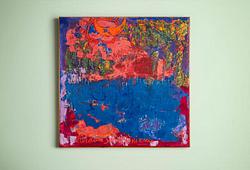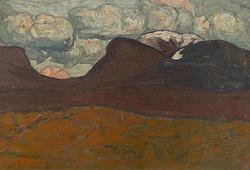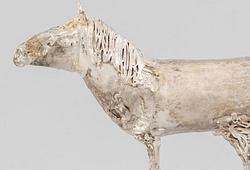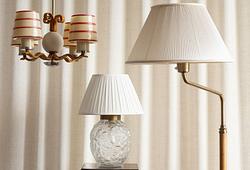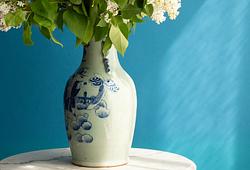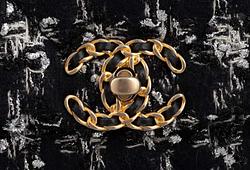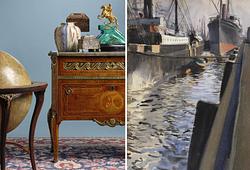Auguste Rodin
"Petite tête de la martyre"
Signed A. Rodin. Patinated bronze, height 17.5 cm. Mounted on a wooden base, height 3 cm. The sculpture has been verified by the Comité Rodin, and a certificate is included.
Tuontiarvonlisävero
Tuontiarvonlisävero (12%) tullaan veloittamaan tämän esineen vasarahinnasta. Lisätietoja saat soittamalla Ruotsin asiakaspalvelumme numeroon +46 8-614 08 00.
Alkuperä - Provenienssi
Arild Wahlström Collection, Norway. Thence by descent within the family.
Muut tiedot
Auguste Rodin came from rather humble beginnings, which made it impossible for him to fulfil his wish to study at the École des Beaux Artes, but he did get a place at the École Imperiale de Dessin - known as the ‘little academy’, which despite its ‘smallness’ had very talented teachers, including Jean-Baptiste Carpeaux. The study environment must also have been inspiring, with fellow students including James Whistler and Henri Fantin-Latour.
Auguste Rodin revolutionised the art of sculpture in the late 19th century and did not have his big breakthrough until he was 40. He was both classic in form and innovative at the same time. His work blurred the boundaries between Impressionism and Symbolism, two of the leading art movements of the time. The human body was always at the centre of his art and initially his contemporaries perceived his sculptures as too realistic and daring, but they were to be re-evaluated and today they are among his most iconic and appreciated works.





